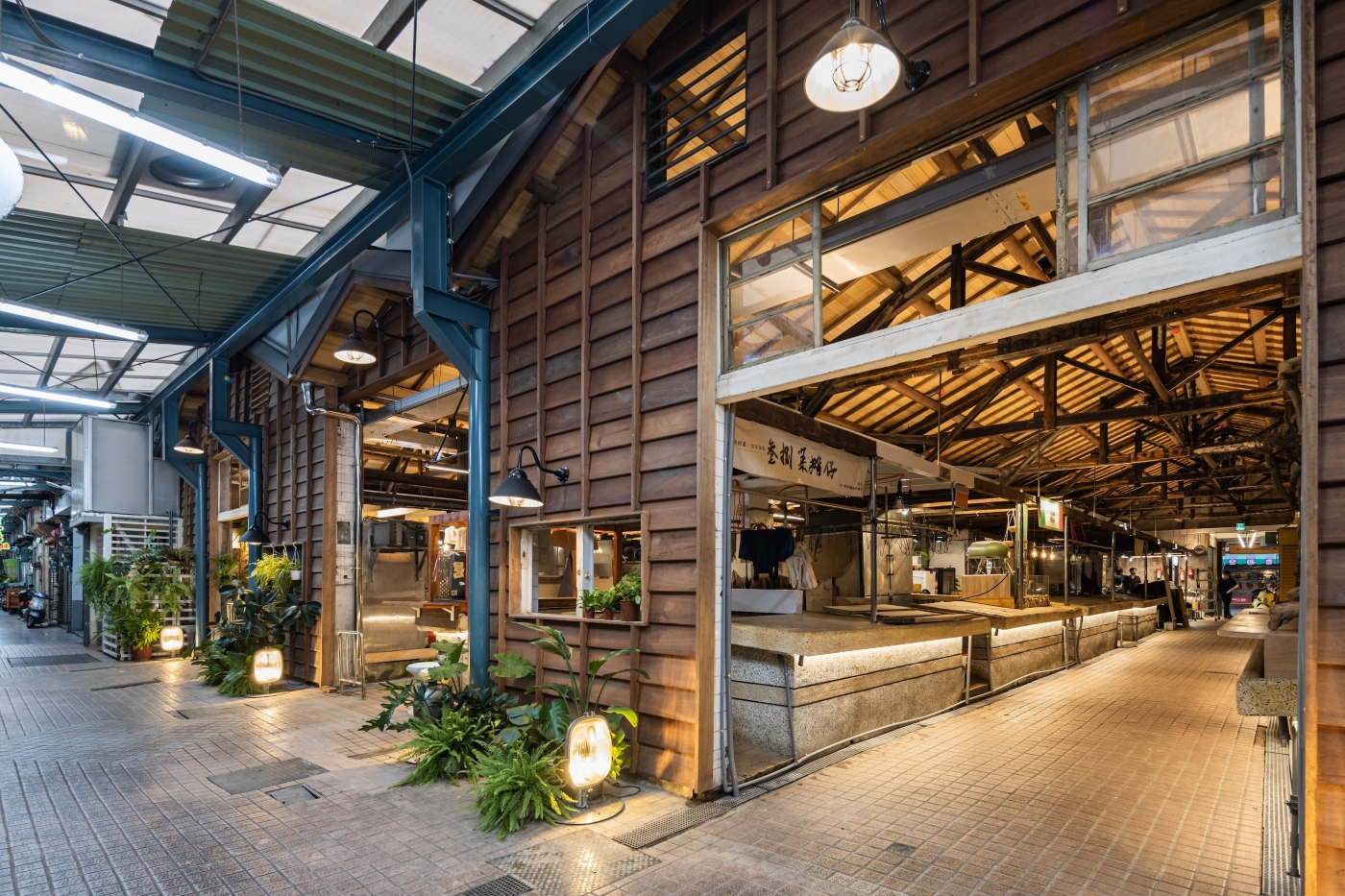Building a home with sustainability in mind offers an array of benefits that primarily cover environmental responsibility and our overall wellness.
Firstly, what is a sustainable building? According to a HAC (Housing Assistance Council) Report by Mark Kudlowitz, creating a sustainable building is a process wherein houses, buildings, and auxiliary infrastructures are built to reduce resource consumption, decrease environmental impacts, and create a healthier living environment.
Therefore, sustainable housing entails sustainable building methodologies, materials, and operations. For an effective and impactful eco-friendly home, the structure should have integrated sustainable concepts early on from the planning stage.
Key Elements of Sustainable Housing
- Efficient Utilization of Resources
- Long Lasting
- Architectural Proper
- Inexpensive
- Adaptable and Accessible
- Socially and Ecologically Suitable
- Safe, Secure and Healthy
Approaches of Sustainable Housing
Site Planning and Design
Sustainability should start during the inception of your planning process so it is easier to oversee concerns and provide solutions while your house plan is still on paper. This reduces risks in the building construction process itself and unnecessary expenses.
- Site Selection
When planning to build your home, select a location where it is near amenities, and has access to sidewalks and roadways. It also helps if you have a site that was previously owned or that it is within an urban neighbourhood. This reduces disturbances and less impact on the environment such as native landscaping and light pollution.
- Building Orientation and Massing
Reduce heat absorption and increase natural ventilation and daylighting through the building’s thermal mass. Houses with excellent orientation and thermal massing can reduce the need for air conditioning and artificial lighting, maintaining a comfortable internal environment.
Materials and Building Systems:
During the planning stage, sustainable materials and building systems should already be considered. When an architect draws up plans enhancing energy efficiency, such as using natural insulation products, specifying LED lights, bamboo panelling, and locally sourced materials contributes to a sustainable project.
- Use Low VOC Paints and Other Wet Applications– By reducing VOC (Volatile Organic Compounds) emissions, you can enhance the indoor air quality of your building.
- Choose Eco-friendly and Locally Sourced Materials– When we specify materials that are locally sourced, we minimize our usage of energy and pollution expelled during its transportation to the site. Eco-friendly materials are responsibly sourced during the production and manufacturing process. Look for materials and furnishings that have green credit certifications. These certifications include Energy Star, Water Sense, Green Squared, and Forest Stewardship Council. Sustainable tiles, for instance, are certified by the Green Squared body while Water Sense certifies showerheads, toilets, faucets, urinals, and valves on their water efficiency and saving capacity.
- Use LED Lighting and Automated Lighting Systems– Almost all households, commercial establishments, and even industrial buildings do use energy-saving LED lights. You can save 75%-80% on energy costs.
During Construction:
When talking about sustainable houses, we seldom think of the construction process, and yet a large contributor to waste and energy usage is the building process itself.
- Waste Management – Construction waste management is one of the largest contributors to the overall waste materials produced annually. Many construction companies are now integrating responsible waste management solutions, such as providing on-site MRF (Material Recovery Facilities). MRFs are temporary point locations where construction waste is segregated and where recyclable and reusable materials can be sold to waste management facilities.
For a smaller project such as a residential home, the concept can be similarly applied. Provide segregation bins that can be collected by local or community waste management facilities. Where daily housekeeping on the part of the contractor should be implemented on-site.
- Control of Sediment Track Out– In addition to regular water and sweeping off vehicle entry points on-site, you can also use track-out mats. Other site practices that should be implemented are covering stockpiled sediments such as sand or cement, and providing berms for stormwater controls on trenches. These methods prevent dust and other pollutants from reaching waterways.
Sustainability is not just a trend but a need for all types of building occupations. Commercial and industrial sectors have also responded positively to making sustainable efforts on their products and built environments. As sustainable housing has increased over the years, more affordable and efficient design solutions are now being implemented. These sustainable efforts will surely pave to way to continue in the coming years.










